

James Wong
2026 Audi Q5 review: Quick drive
5 Days Ago
While it hasn't confirmed a DBX Superleggera, Aston Martin has a list of items it can take out of its super-SUV to reduce weight.

News Editor
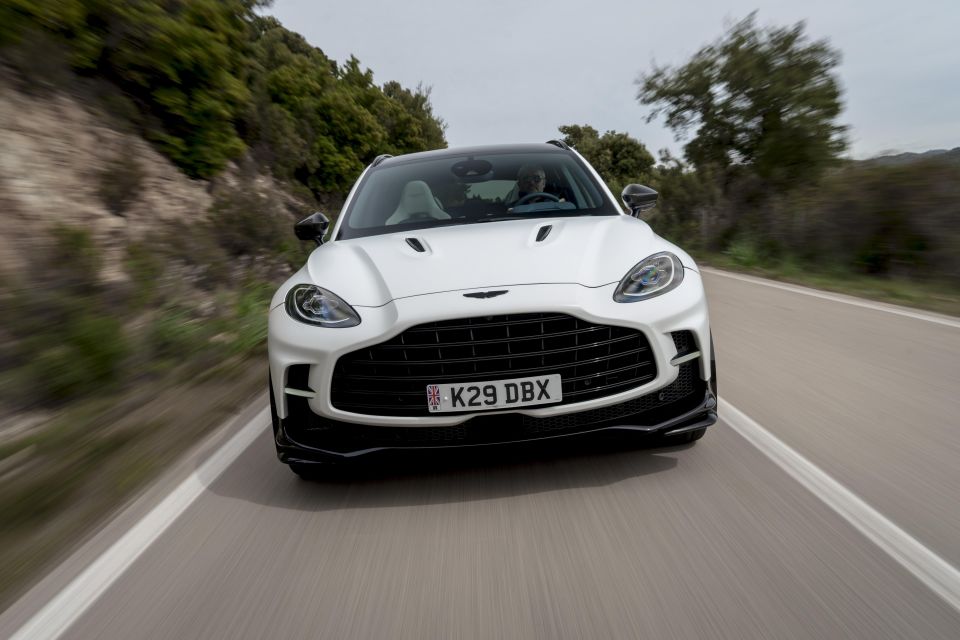

News Editor
Aston Martin engineers have given thought to a stripped-back, more focused DBX to take on the Lamborghini Urus Performante.
The company has already expanded the DBX range with an inline six-cylinder variant for China plus the global DBX 707.
While it stopped short of confirming (or denying) whether a lighter-weight DBX is in the works, the company says it has considered it.
“There’s definitely something we’ve been thinking about, and has been thought about from the start of the project,” said Aston Martin Lagonda senior vehicle engineering manager Andy Tokley.

“Obviously I can’t really confirm or deny whether anything’s in the future plan for the car line, but yes it would be quite easy to get some mass out quickly.
“Because, obviously we’re primarily a luxury car manufacturer and there’s a number of features and content on the car that are standard that don’t necessarily need to be standard, and other things you could take out.
“We do know the list of stuff we could easily take off the car to reduce the mass of it.”
The list includes swapping the three-person bench in the rear for two individual seats, and removing the DBX’s standard glass roof and electric power blind.
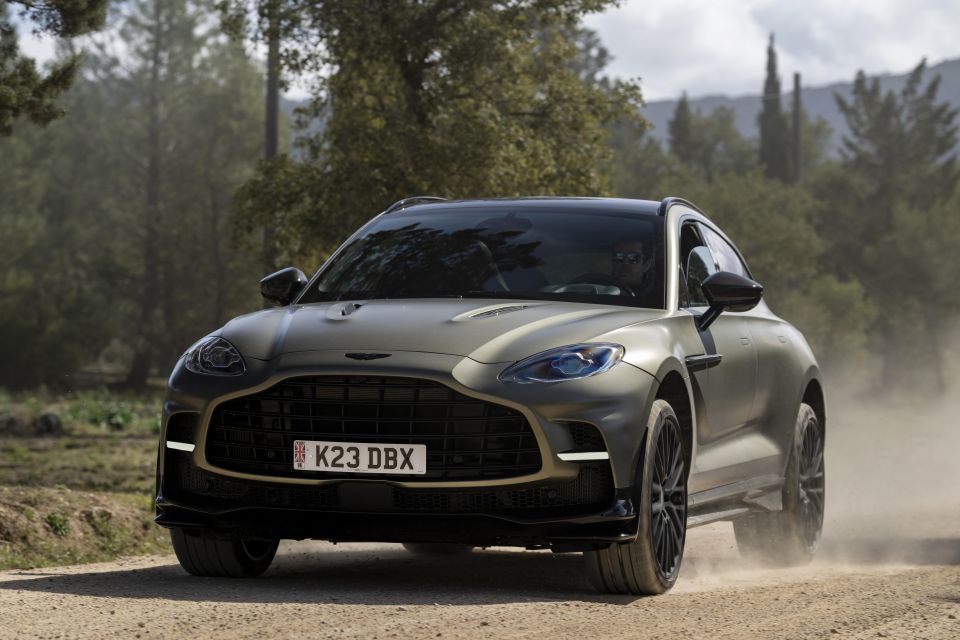
“You take a glass roof and a blind out and put a conventional roof in and you can take 25kg right off the top end of the car, which obviously helps you a lot for the inertia of the car,” said Mr Tokley.
Aston Martin also accounts for 100kg of roof load on the car, which affects the tuning of the electronic stability program (ESP) as it always has to assume there’s 100kg on the roof.
“You end up with let’s say compromises in the ESP tuning where it’s accounting for 100kg and doing things in the car to stop it ever going up on two wheels,” said Mr Tokley.
“If you ditch the 100kg, you never have to account for those scenarios and compromise your ESP tuning. So that’s another way of improving the car by accounting for less mass.”

The company says the DBX was “package protected” for six- and eight-cylinder engines – a V12 was considered then ruled out for packaging reasons.
The SUV also can’t support a traditional big, flat rectangular electric vehicle battery pack.
Development of electric vehicles is underway at Aston Martin, though it appears the company is instead looking at a different platform.
The DBX’s underpinnings are flexible enough, however, for use by both smaller and larger vehicles.
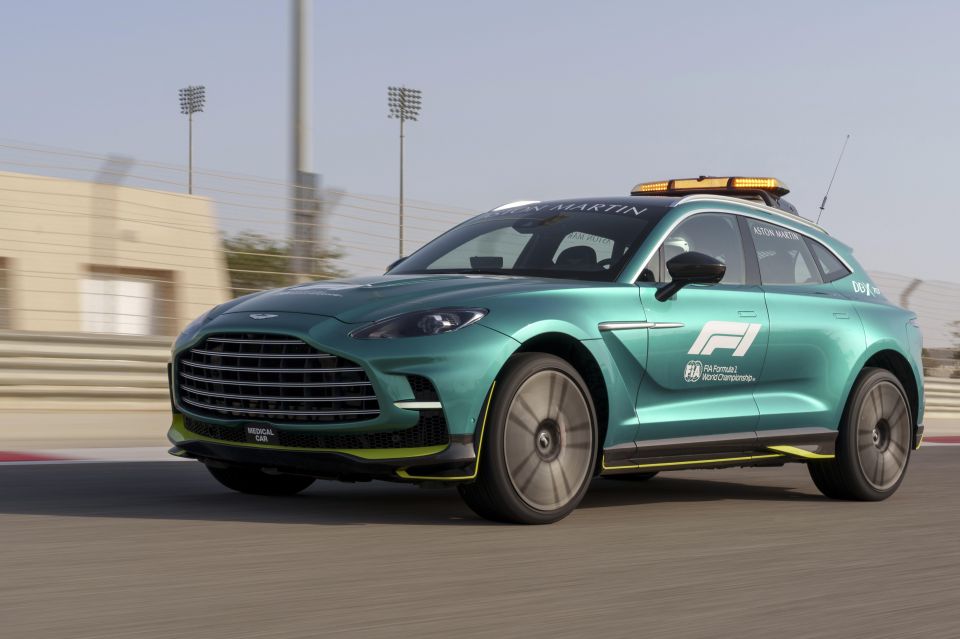
“The body structure is very modular in its approach, so you can stretch it or shorten it fairly easily by the way it’s constructed,” said Mr Tokley.
“Obviously I can’t say whether anything is in the lifecycle plan for the car but that was one of the key platform design elements to make sure the platform was adjustable both in length and in height.
“The top half of the body can be re-engineered relatively easily and cheaply compared to the underpinnings of the car.”
The hottest DBX at present, the DBX707, will be hitting the track at this year’s Formula 1 in its role as the Official FIA Medical Car.
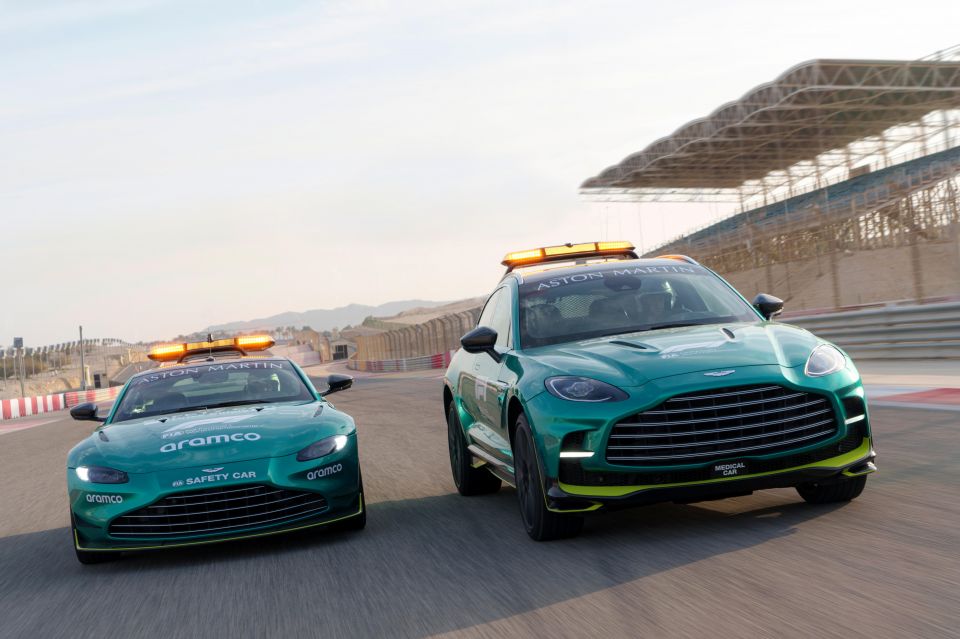
Little has been changed with the vehicle, apart from the introduction of essential equipment such as fire extinguishers and a defibrillator.
It’s also fitted with FIA-approved racing seats, each with a six-point racing harness.
It’ll join the Vantage, which serves as FIA Safety Car. Both are finished in classic Aston Martin Racing Green.
This story was originally published with the headline: “Aston Martin ‘thinking about’ lighter, harder DBX 707 SUV”.
Where expert car reviews meet expert car buying – CarExpert gives you trusted advice, personalised service and real savings on your next new car.
William Stopford is an automotive journalist based in Brisbane, Australia. William is a Business/Journalism graduate from the Queensland University of Technology who loves to travel, briefly lived in the US, and has a particular interest in the American car industry.


James Wong
5 Days Ago


James Wong
4 Days Ago


Max Davies
3 Days Ago


Josh Nevett
2 Days Ago


Max Davies
2 Days Ago
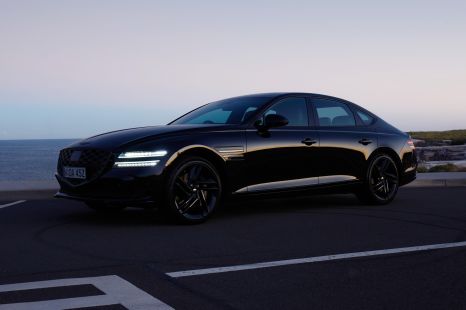

William Stopford
19 Hours Ago